Helen Blau Wins National Medal of Science for Groundbreaking Work in Stem Cells and Aging
Helen Blau Awarded National Medal of Science for Transformative Stem Cell Research
In early January 2025, Dr. Helen Blau stood in the White House as President Joe Biden awarded her the National Medal of Science—the highest honor the United States gives to scientists and engineers. Often called “America’s Nobel Prize,” this prestigious award recognized Blau’s decades of trailblazing work in stem cell biology, tissue regeneration, and the science of aging.
For readers of ClinicalMicrobiology.org, Blau’s story isn’t just inspiring—it’s deeply relevant. Her discoveries have reshaped how we understand cell identity, muscle repair, and the biological roots of aging, with real-world implications for regenerative medicine and future therapies.
What Is Cellular Plasticity—and Why Does It Matter?
Early in her career, Dr. Blau challenged a long-held belief in biology: that once a cell becomes specialized—like a skin, liver, or muscle cell—it can never change its role. This idea was considered scientific dogma.
But Blau proved otherwise.
In a landmark experiment in the 1980s, she fused human skin or liver cells with mouse muscle cells. To everyone’s surprise, the human cells began acting like muscle cells—producing muscle-specific proteins. This showed that mature cells aren’t “locked in” forever. Instead, their identity can be reshaped by signals in their environment—a concept now known as cellular plasticity.
This breakthrough laid the foundation for modern stem cell therapies and even helped pave the way for induced pluripotent stem cells (iPSCs), which earned a Nobel Prize in 2012.
From Lab Bench to Real-World Impact: Fighting Muscle Wasting
Blau didn’t stop at theory. She turned her insights into potential treatments for real human conditions—especially those involving muscle loss due to aging or disease.
Her lab at Stanford University made several key discoveries:
- Muscle stem cells lose function with age, partly due to rising levels of a protein called CD47.
- A natural healing molecule called prostaglandin E2 (PGE2) is essential for muscle stem cells to repair tissue.
- But as we age, an enzyme called 15-PGDH breaks down PGE2 too quickly—slowing recovery.
Blau’s team identified 15-PGDH as the first “gerozyme”—a newly coined term for enzymes that drive aging. When they blocked 15-PGDH in old mice, muscle strength and mass increased by 15% in just one month.
Even better? A Phase 1 clinical trial testing a drug that inhibits 15-PGDH in humans has now been approved by the FDA. If successful, it could lead to the first pharmacological treatment to reverse age-related muscle weakness.
A Mentor, Innovator, and Science Communicator
Beyond the lab, Dr. Blau is known as a passionate mentor and advocate for bold, original science. As one of the first women hired on the tenure track in Stanford’s basic sciences in 1978, she broke barriers—and encouraged others to do the same.
She also believes science should be shared widely. Recently, she authored a children’s book, Stem Cells to the Rescue, to explain stem cell biology to kids and families.
Her advice to young scientists?
“Pursue your dreams. Take risks. Avoid ‘me too’ science. Think big—and stay passionate.”
Why This Matters for Clinical Microbiology
While Dr. Blau’s work centers on stem cells and aging, her research intersects with microbiology and immunology in powerful ways. Her leadership as director of the Baxter Laboratory for Stem Cell Biology—and her role in Stanford’s Department of Microbiology and Immunology—highlights how cellular behavior, immune signaling, and tissue health are deeply connected.
Understanding how cells respond to their environment, regenerate, or decline with age informs everything from infection recovery to chronic disease management—core concerns in clinical microbiology.
The Future of Rejuvenation Medicine
Dr. Blau’s journey—from finding deer teeth in the German woods as an 11-year-old to receiving the National Medal of Science—shows how curiosity, rigor, and courage can transform medicine.
Her work proves that aging isn’t a one-way street. With the right molecular tools, we may soon help older adults regain strength, heal faster, and live more independently.
And if muscle tissue can be rejuvenated, could other organs follow? Blau believes so.
“We’ve shown this in muscle,” she says. “We expect it to apply to other tissues too.”
Stay Updated on Breakthroughs in Regenerative Science
At ClinicalMicrobiology.org, we track the latest advances where microbiology meets human health—including stem cells, aging, and immune-regenerative crosstalk.
Want more insights like this?
👉 Subscribe to our newsletter or follow us on social media to stay ahead in clinical science.
Note: This article was inspired by reporting from Stanford Medicine and is presented in original language for educational and informational purposes. All scientific credit belongs to Dr. Helen Blau and her research team.
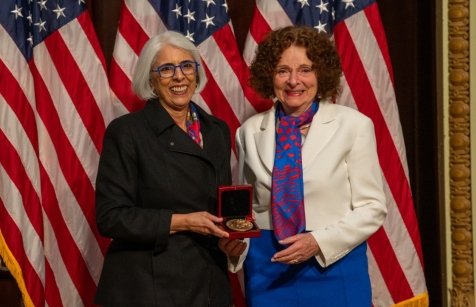
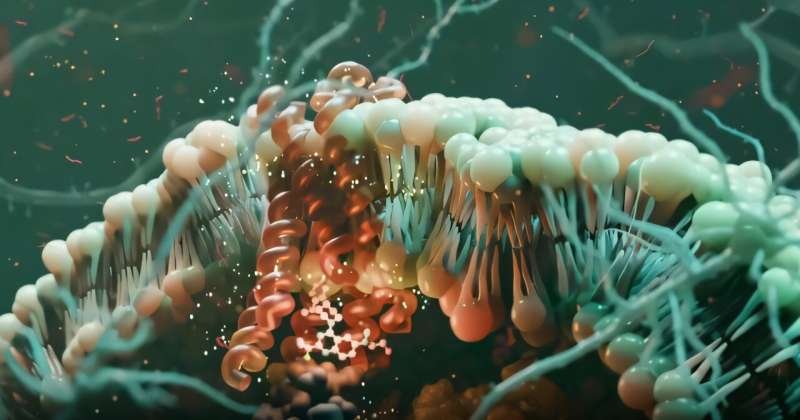
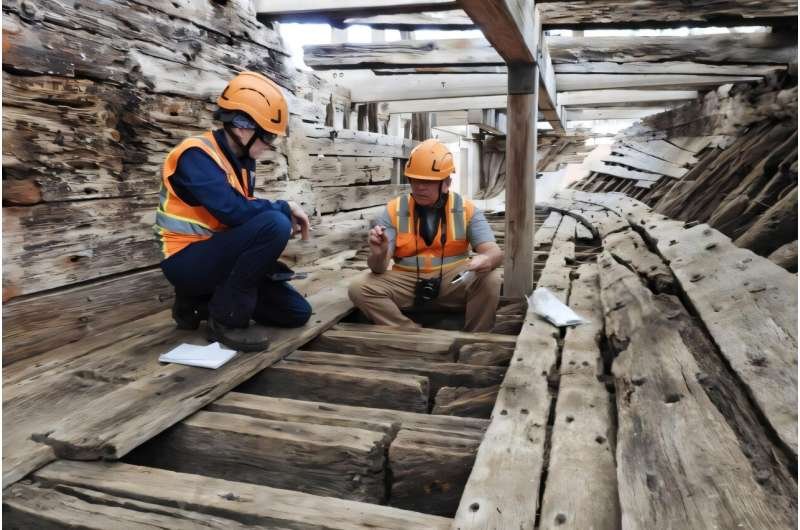
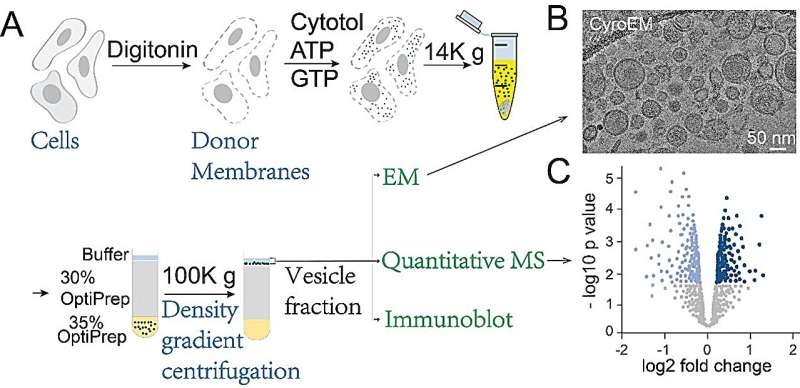
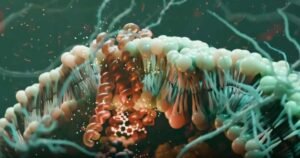
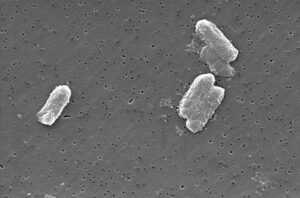
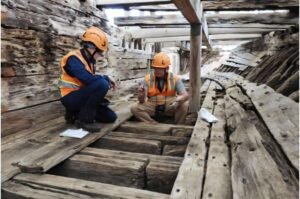
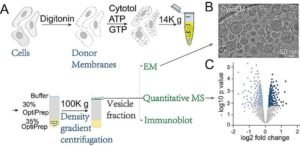
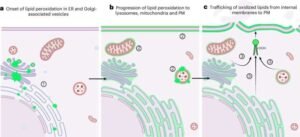

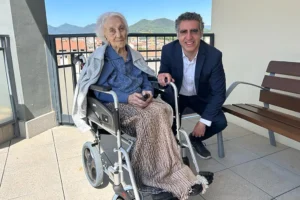
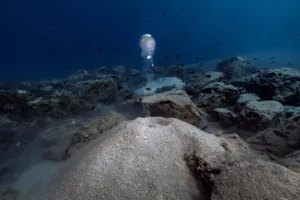
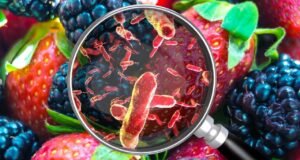
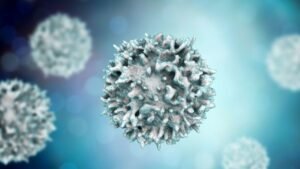
Post Comment